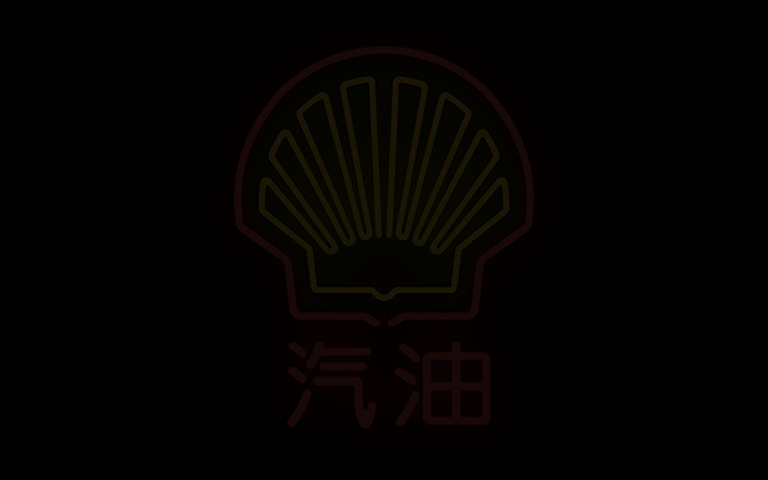Chinese Signs of the Times

Through the use of neon signs, Mehmet Gözetlik, Istanbul-based art director of Antrepo design agency, demonstrated how 20 of the best-known Western brands might be translated into Chinese.
In an interview with the International Business Times, Gözetlik pointed out that China is now the world’s largest economy and has a current population of 1.35 billion people. Yet, he adds, foreign companies take a literal and phonetic approach to presenting their brand, instead of considering how the logo translates visually and culturally. “Most of today’s Western brand identities are created by Western design companies, based on Western culture. It means we have two separated worlds, because of our DNA. So, there is more misunderstanding than we thought. We don’t actually understand many things we assume that are understood. We are like a person who misses the view while reading on the train. We are not aware of where we are coming from, going to or passing by,” Gözetlik said.
Read More »



